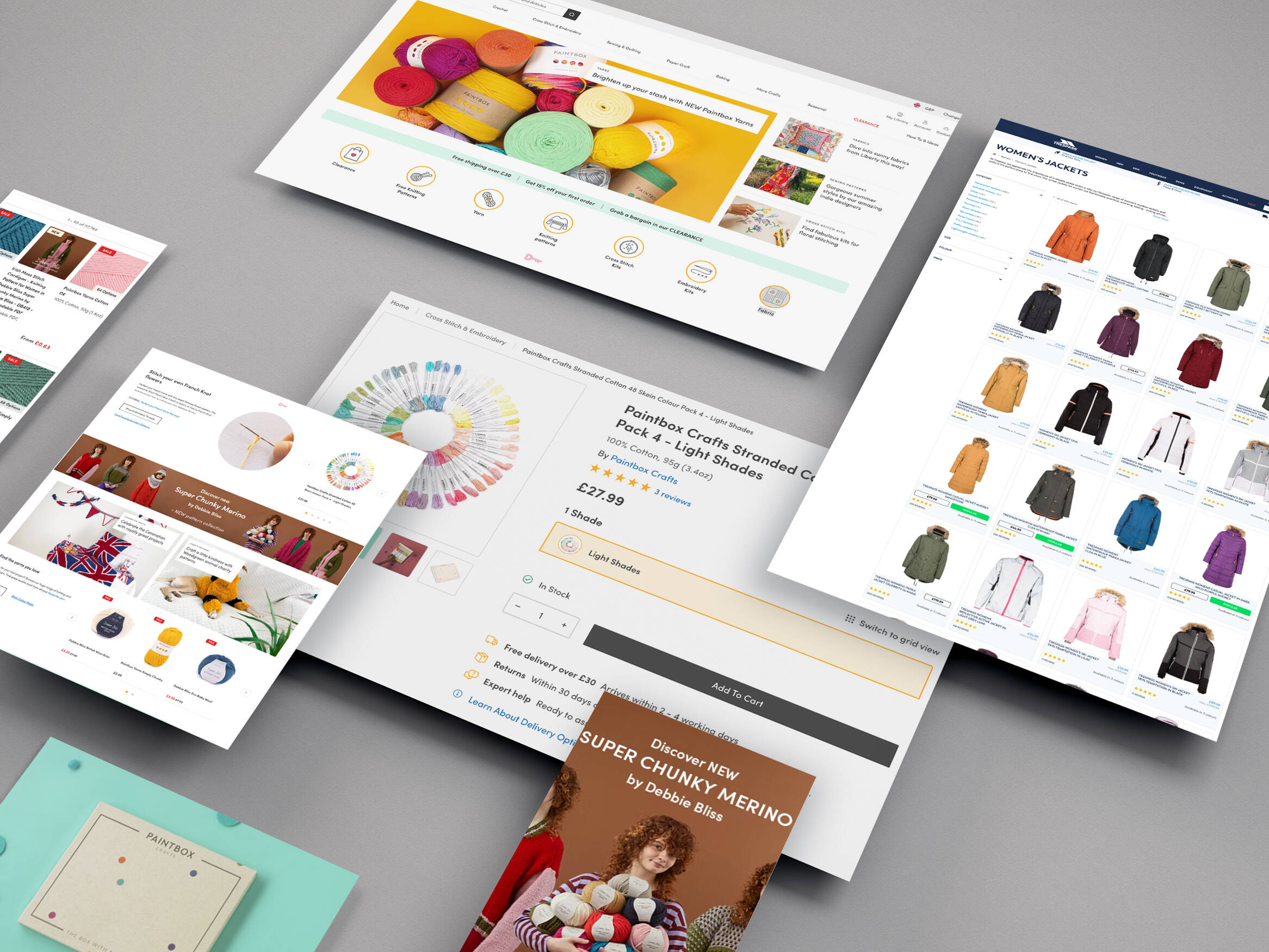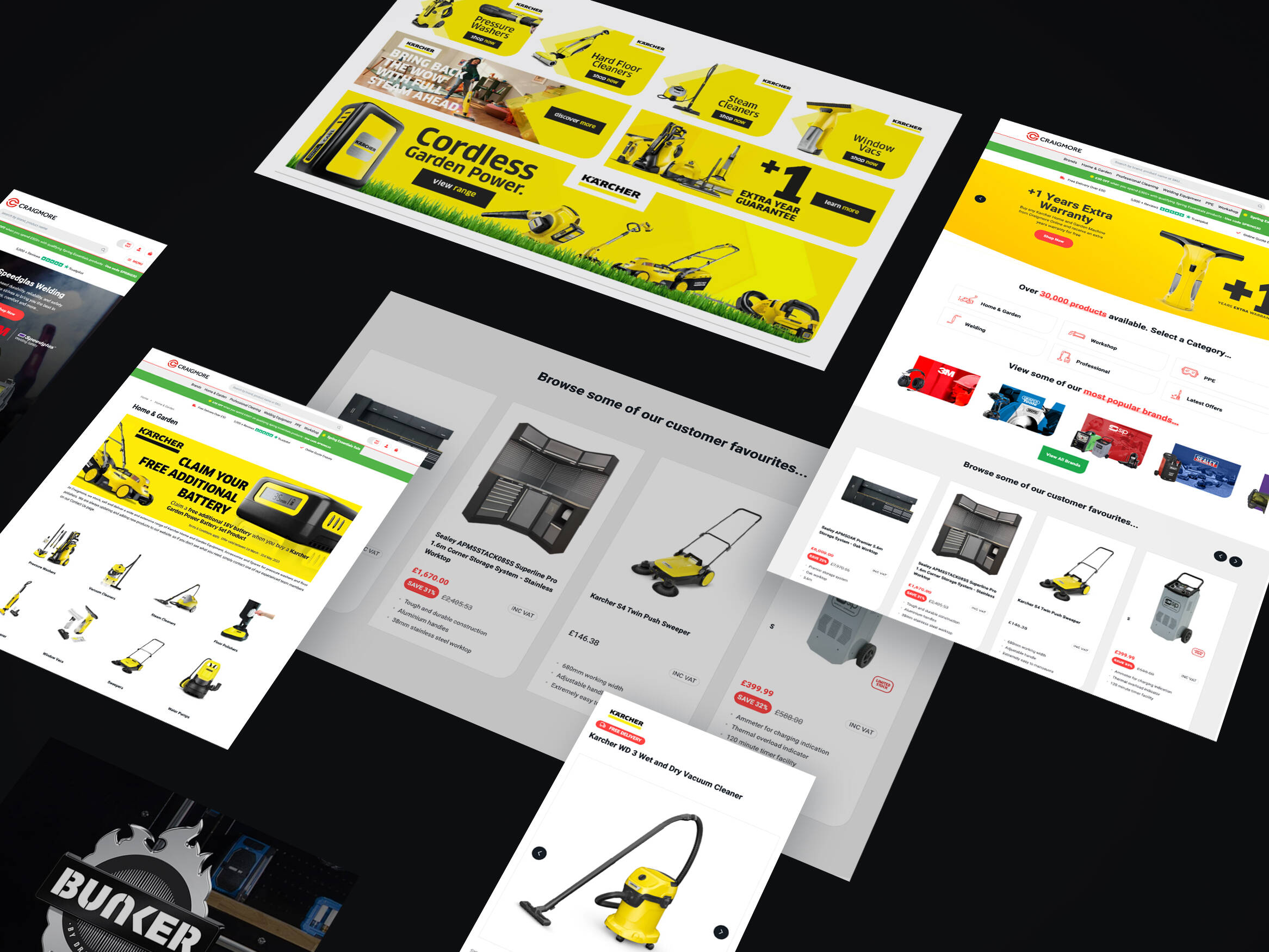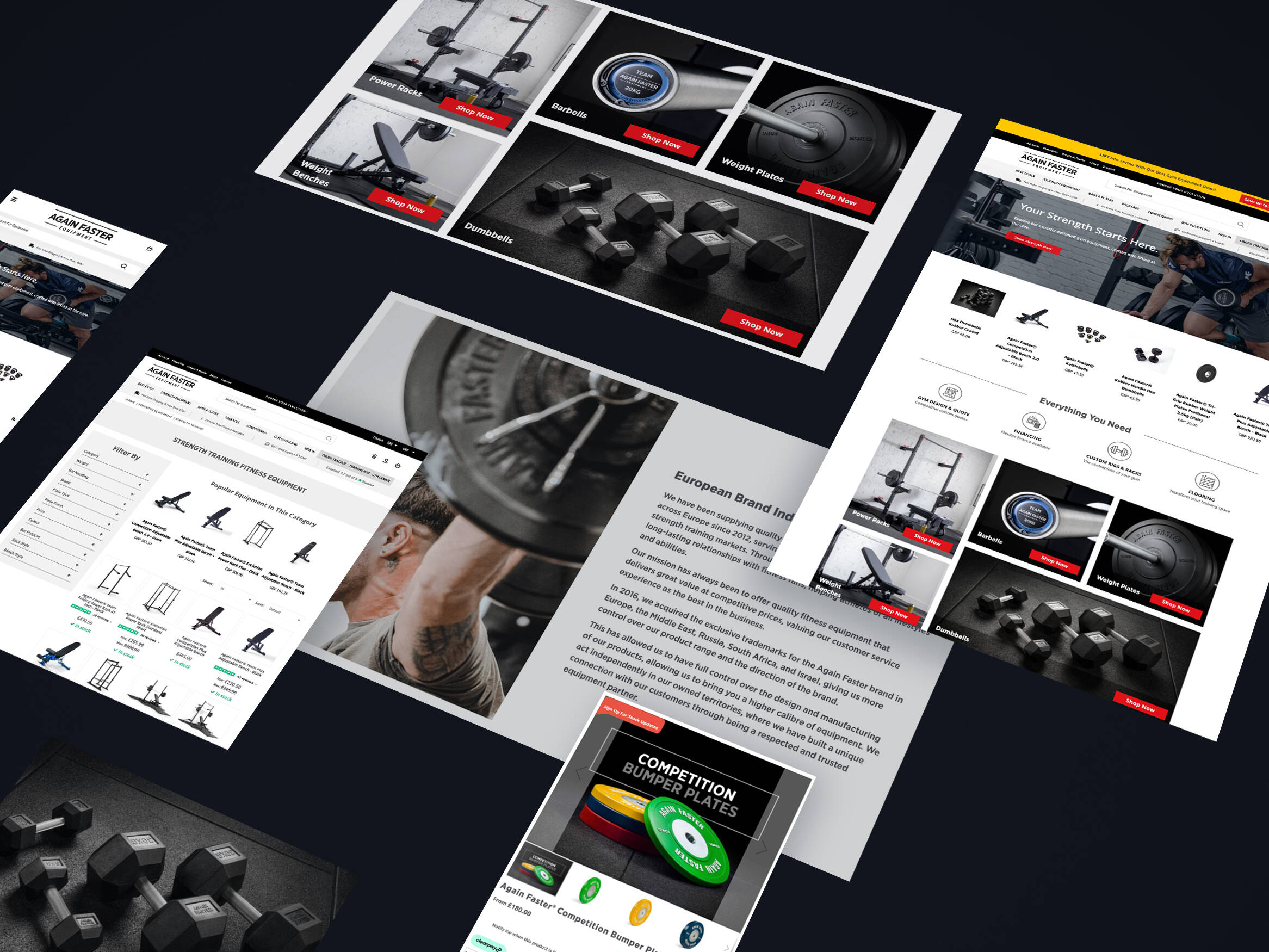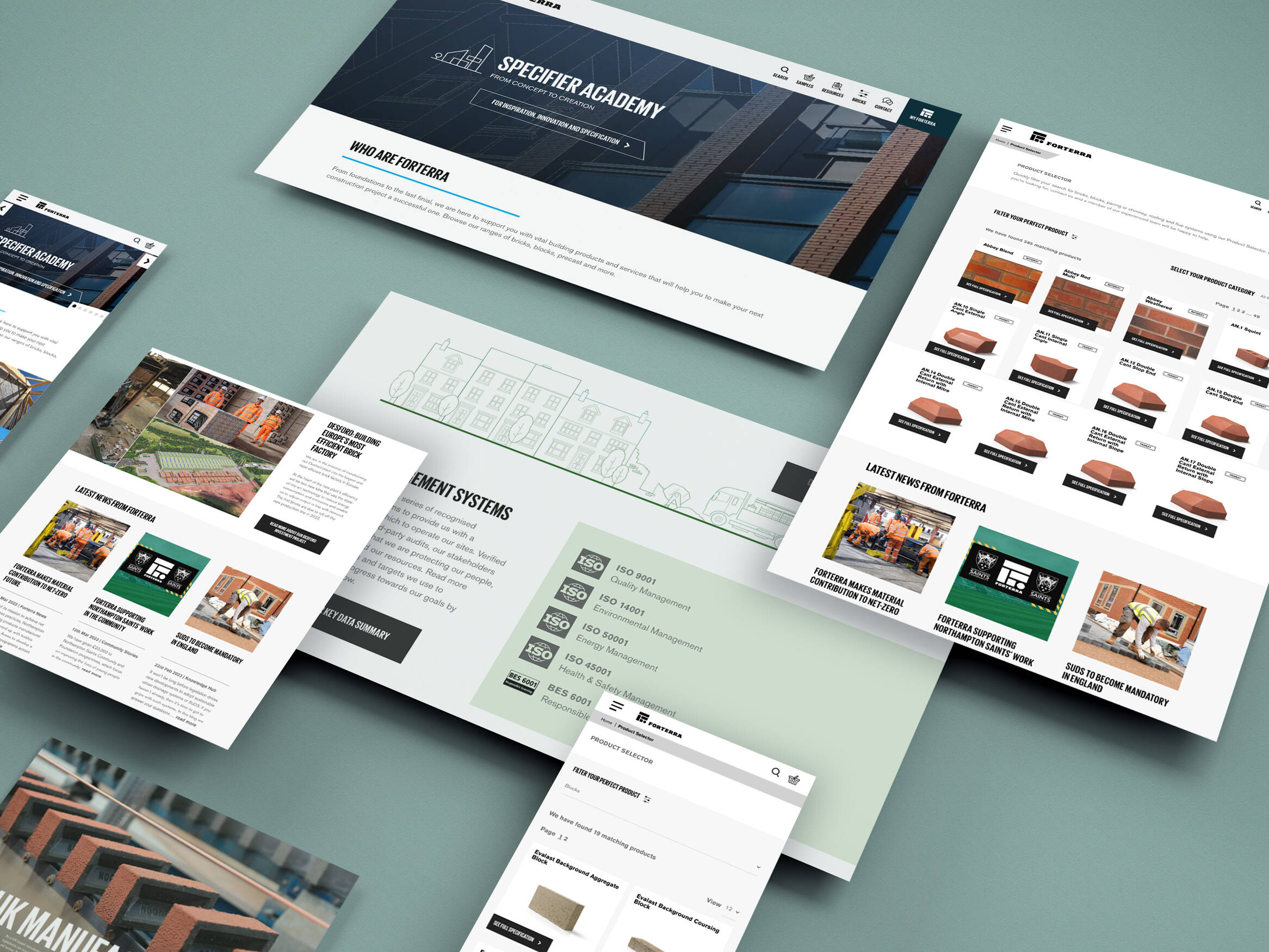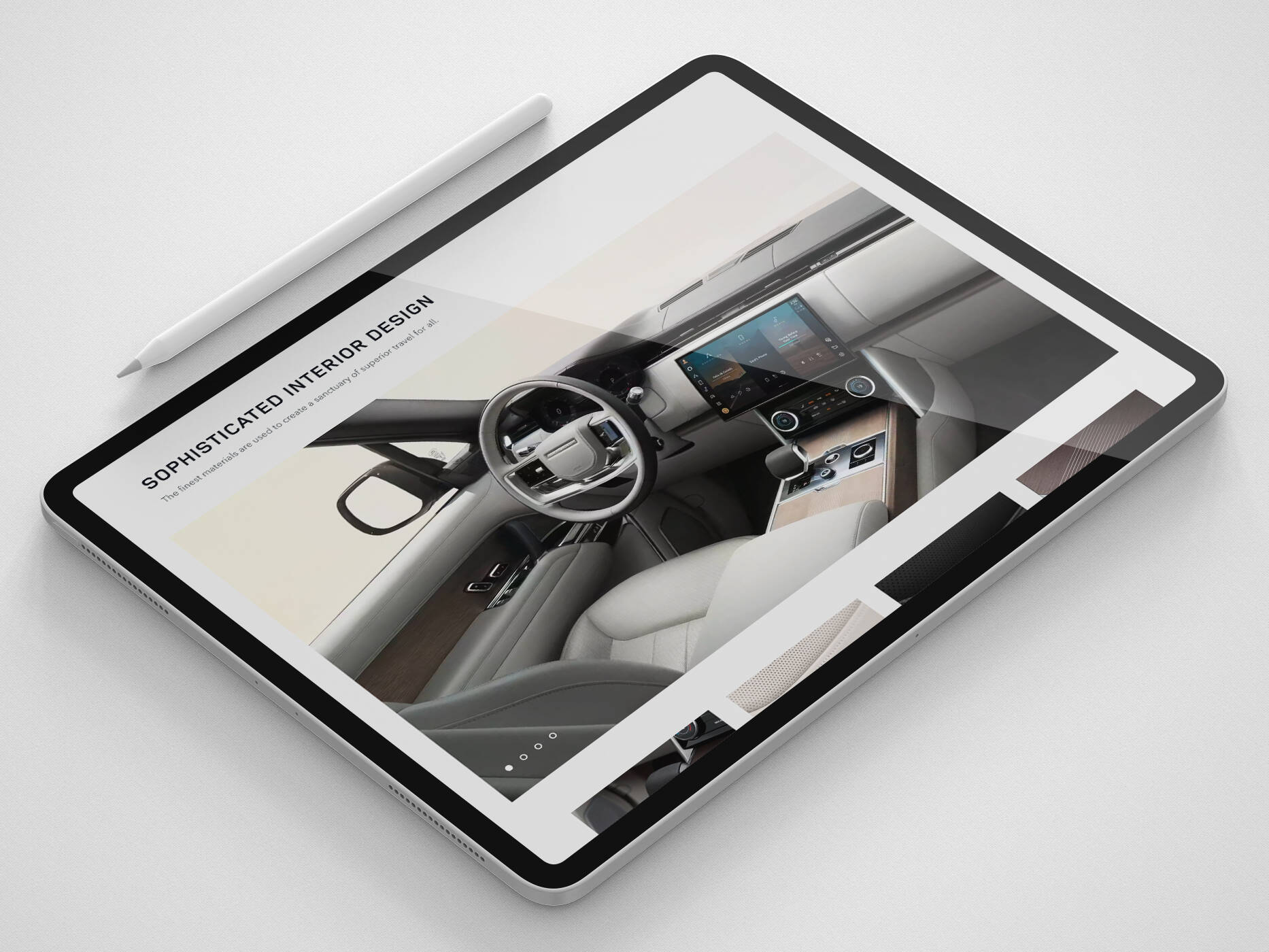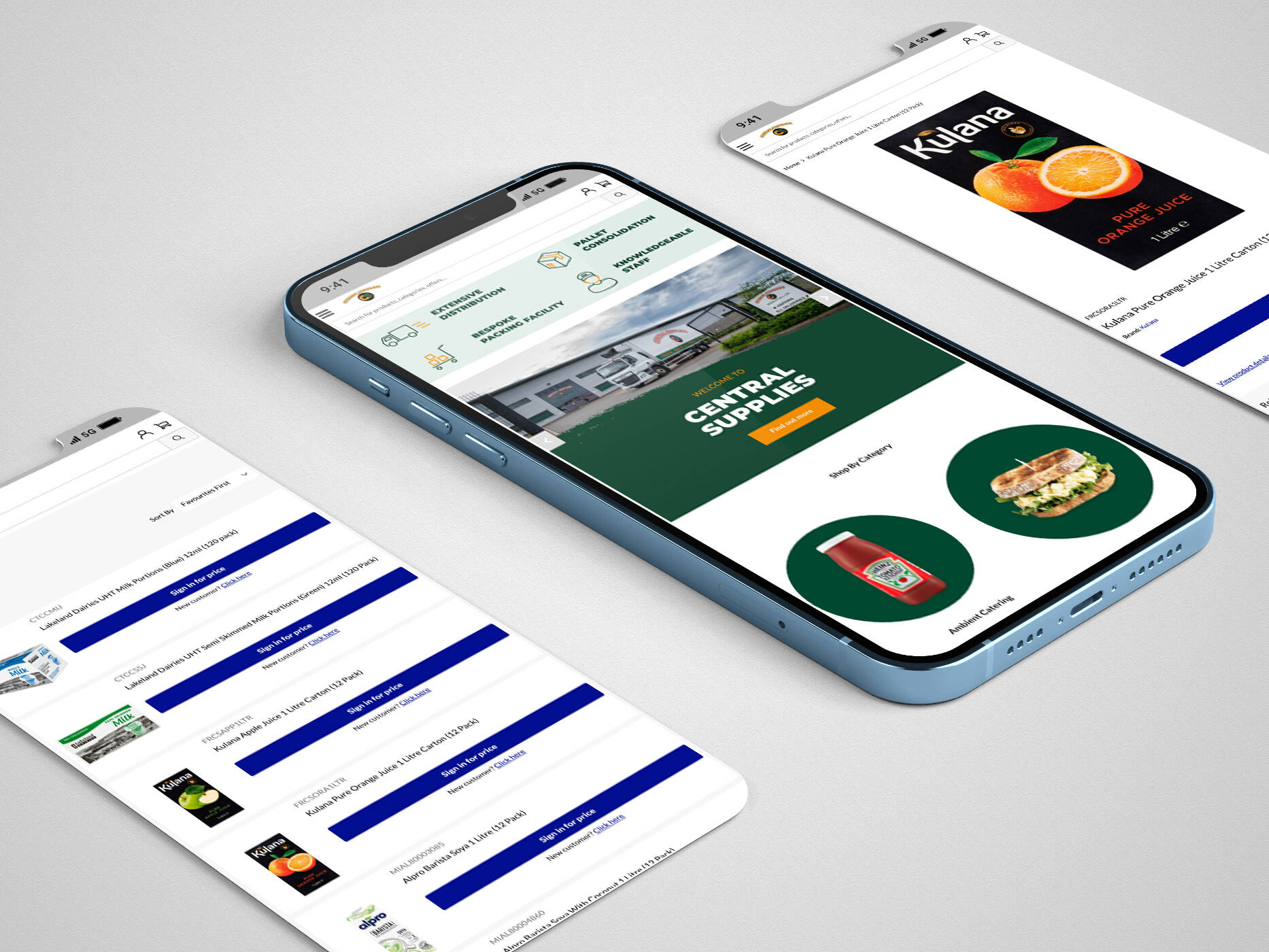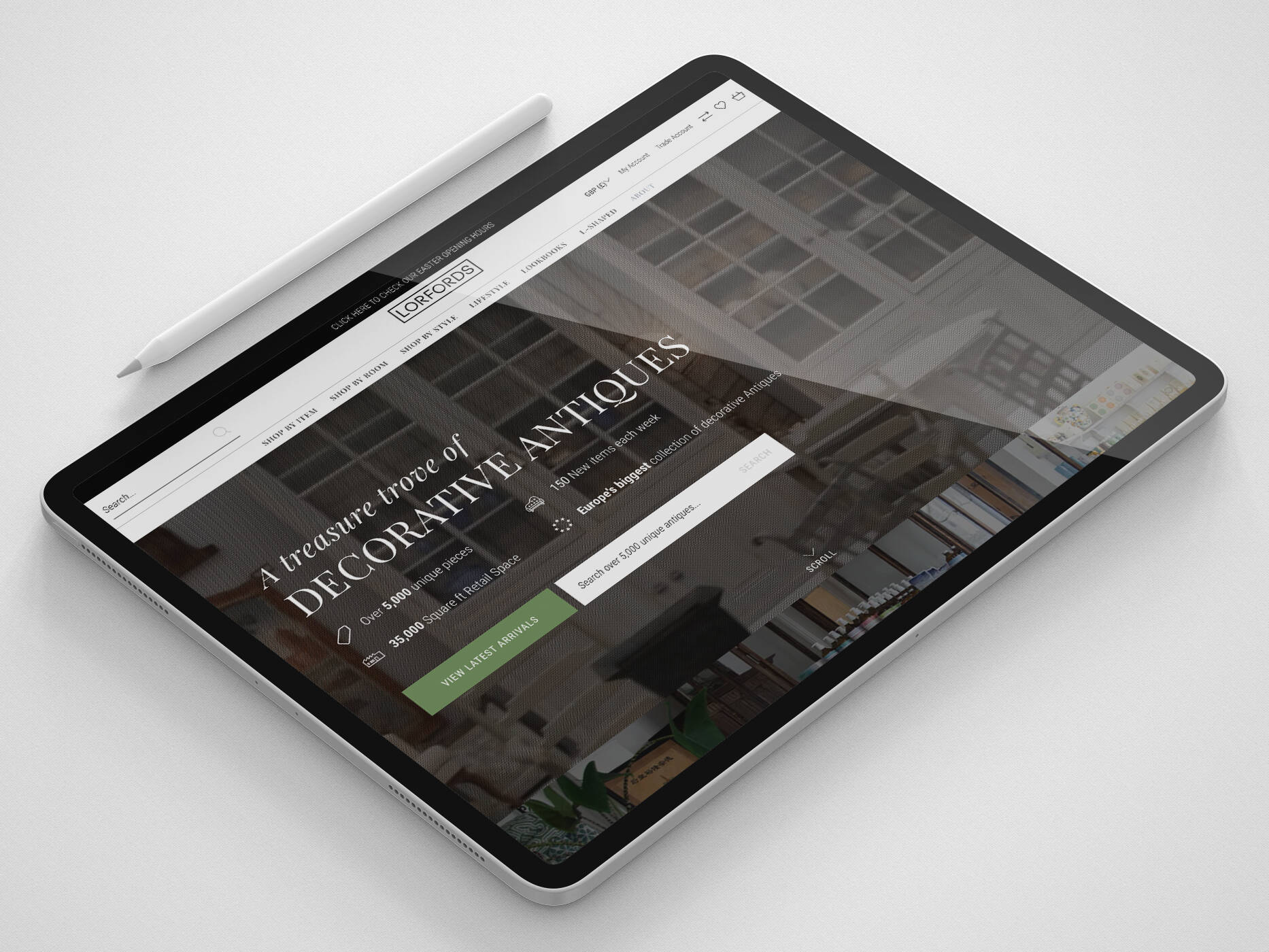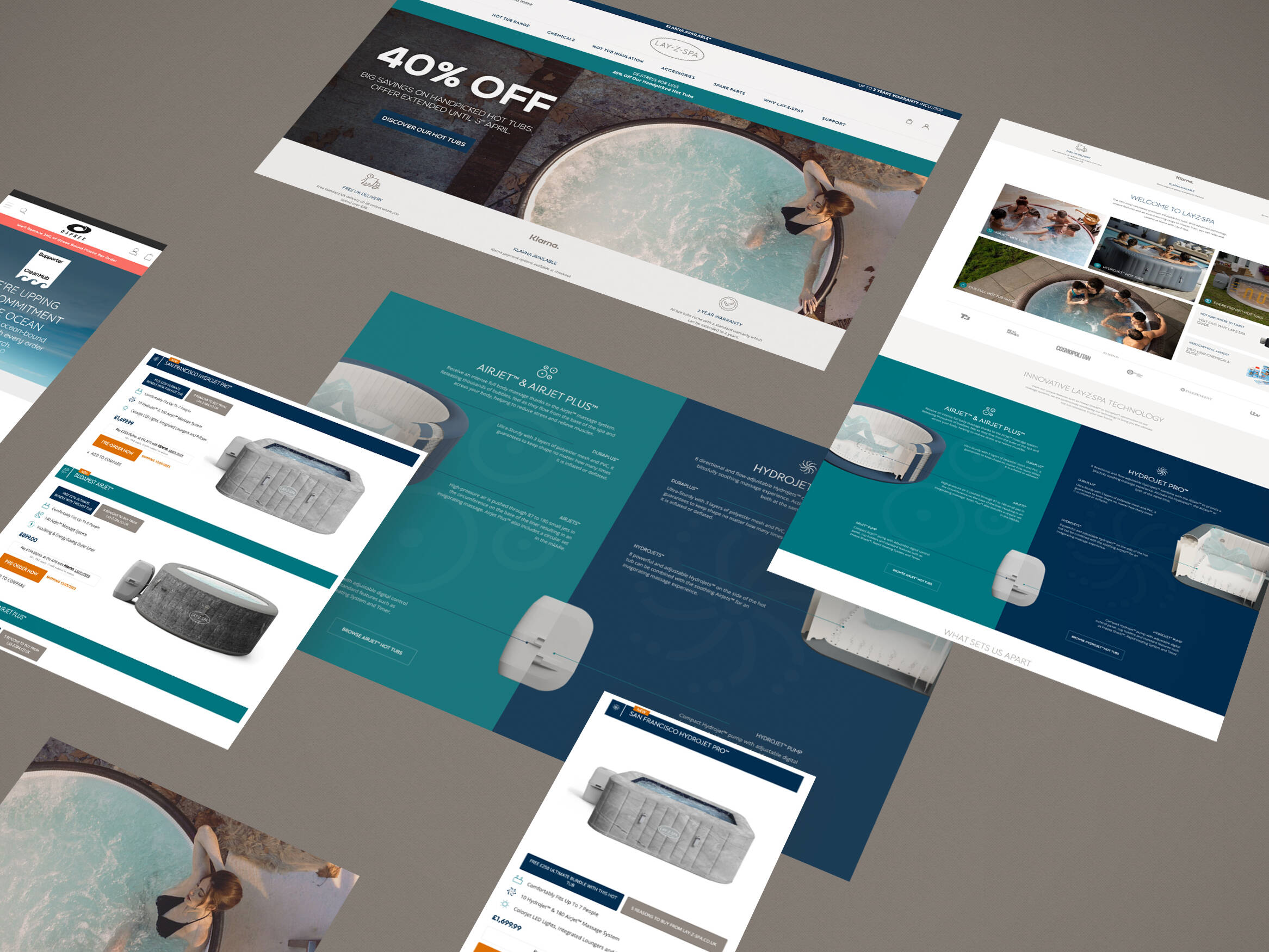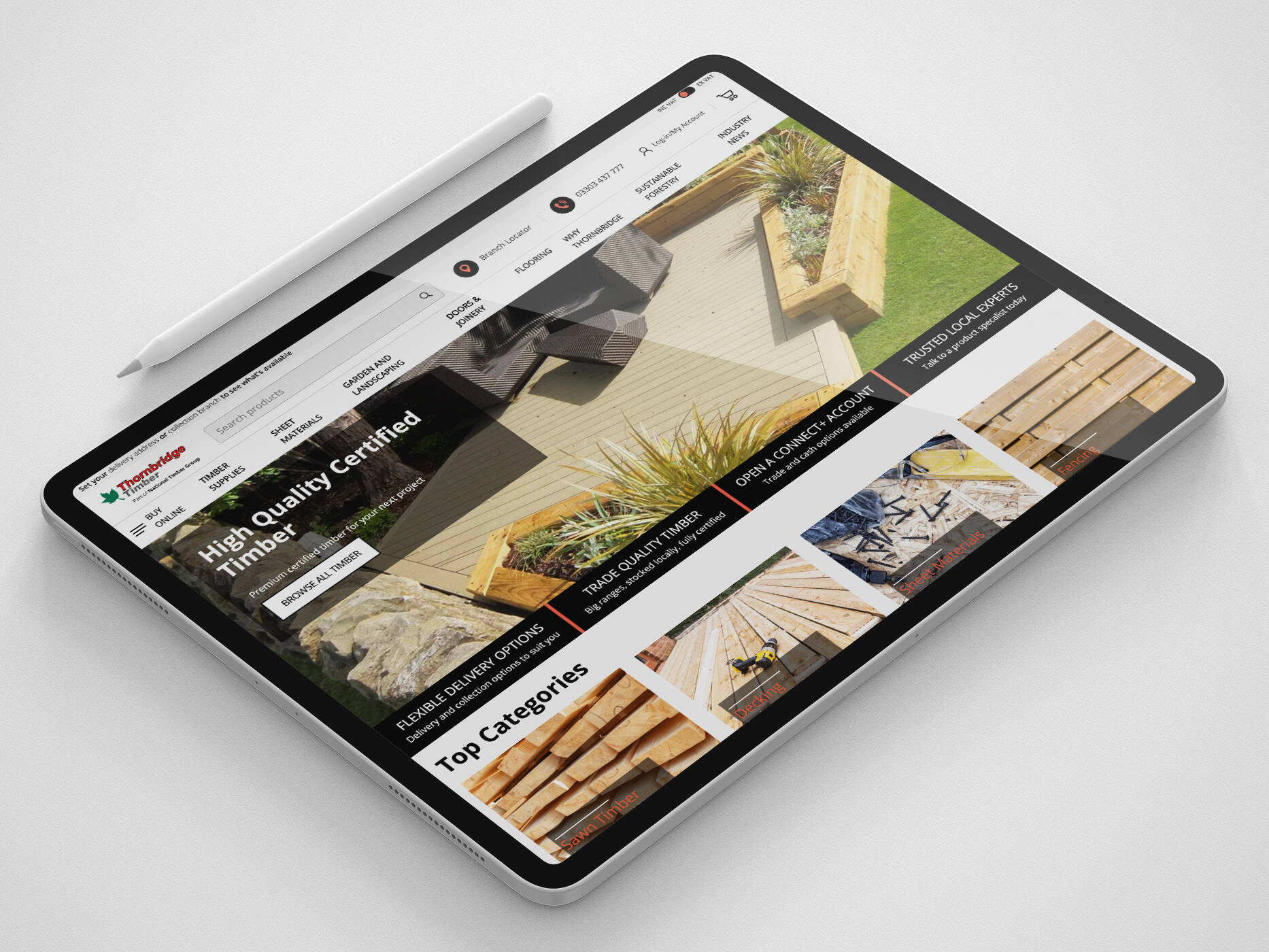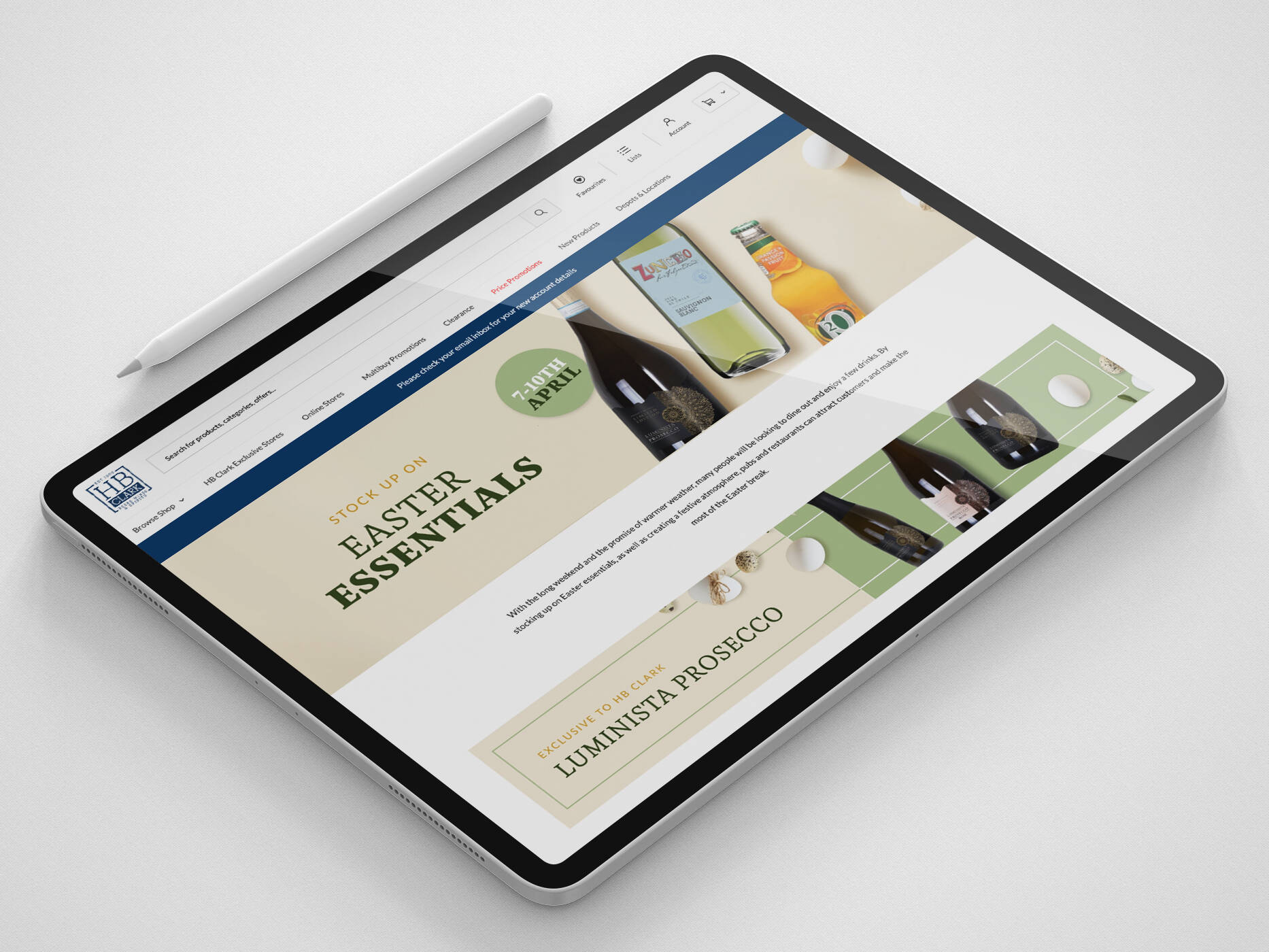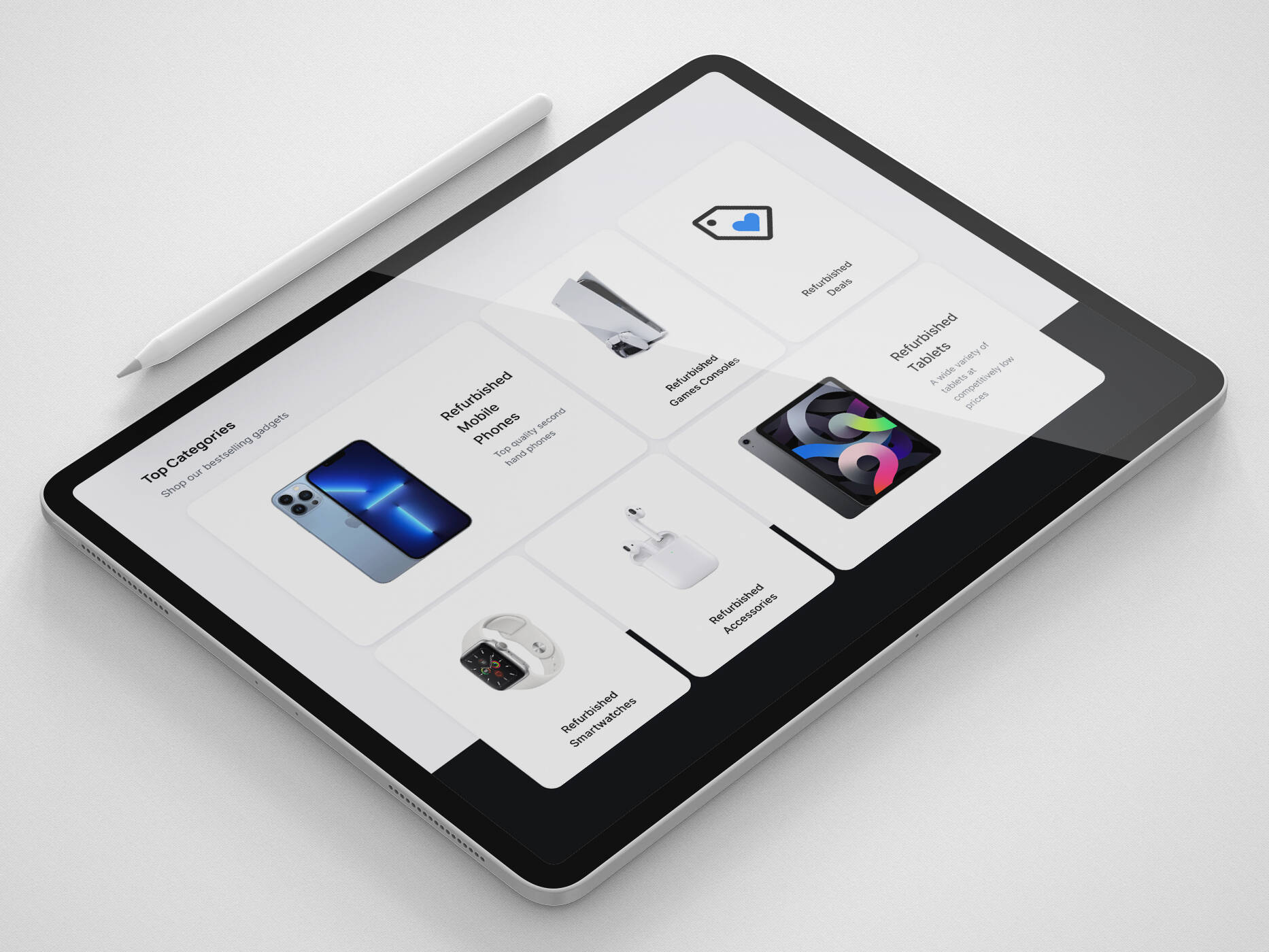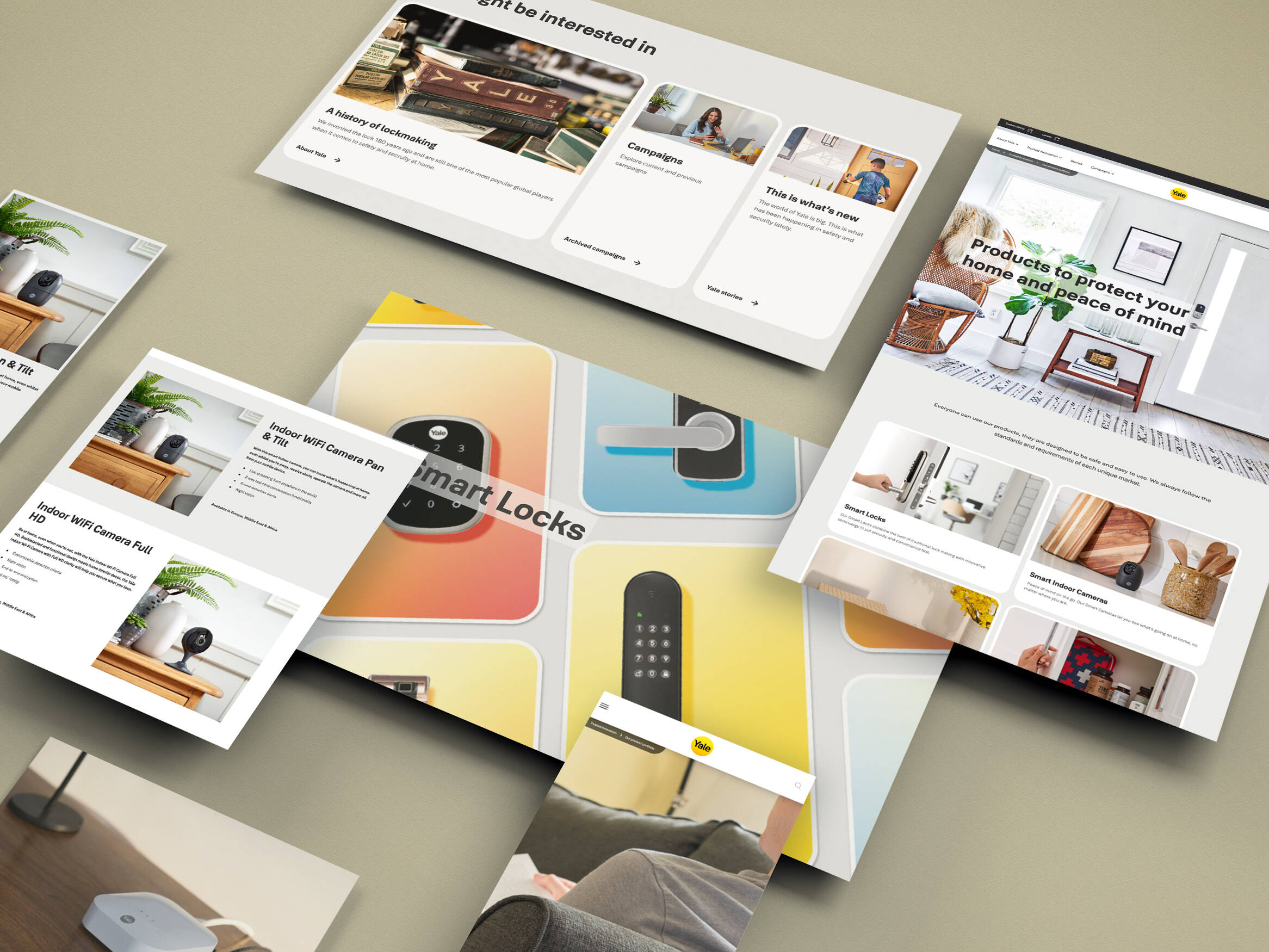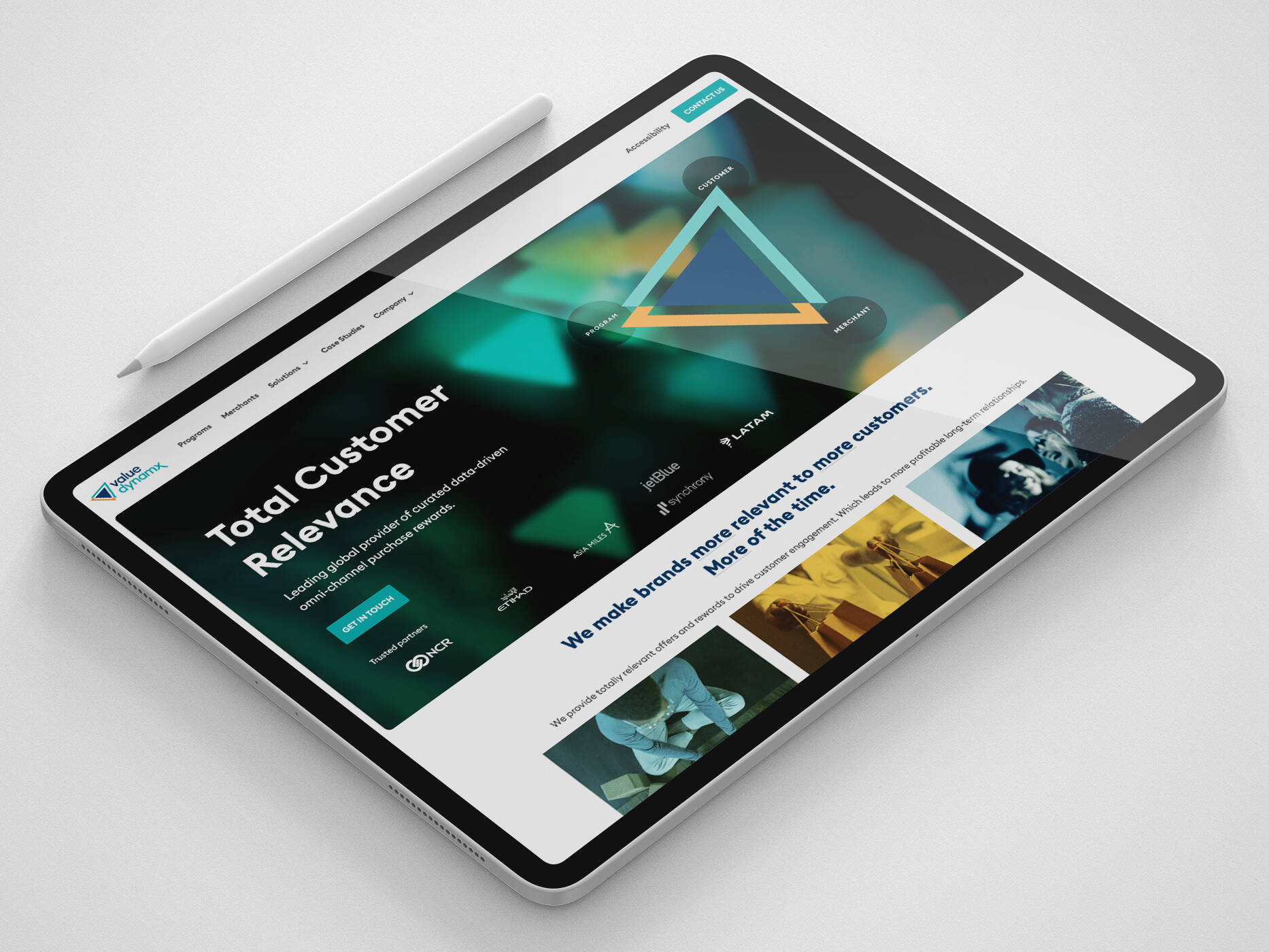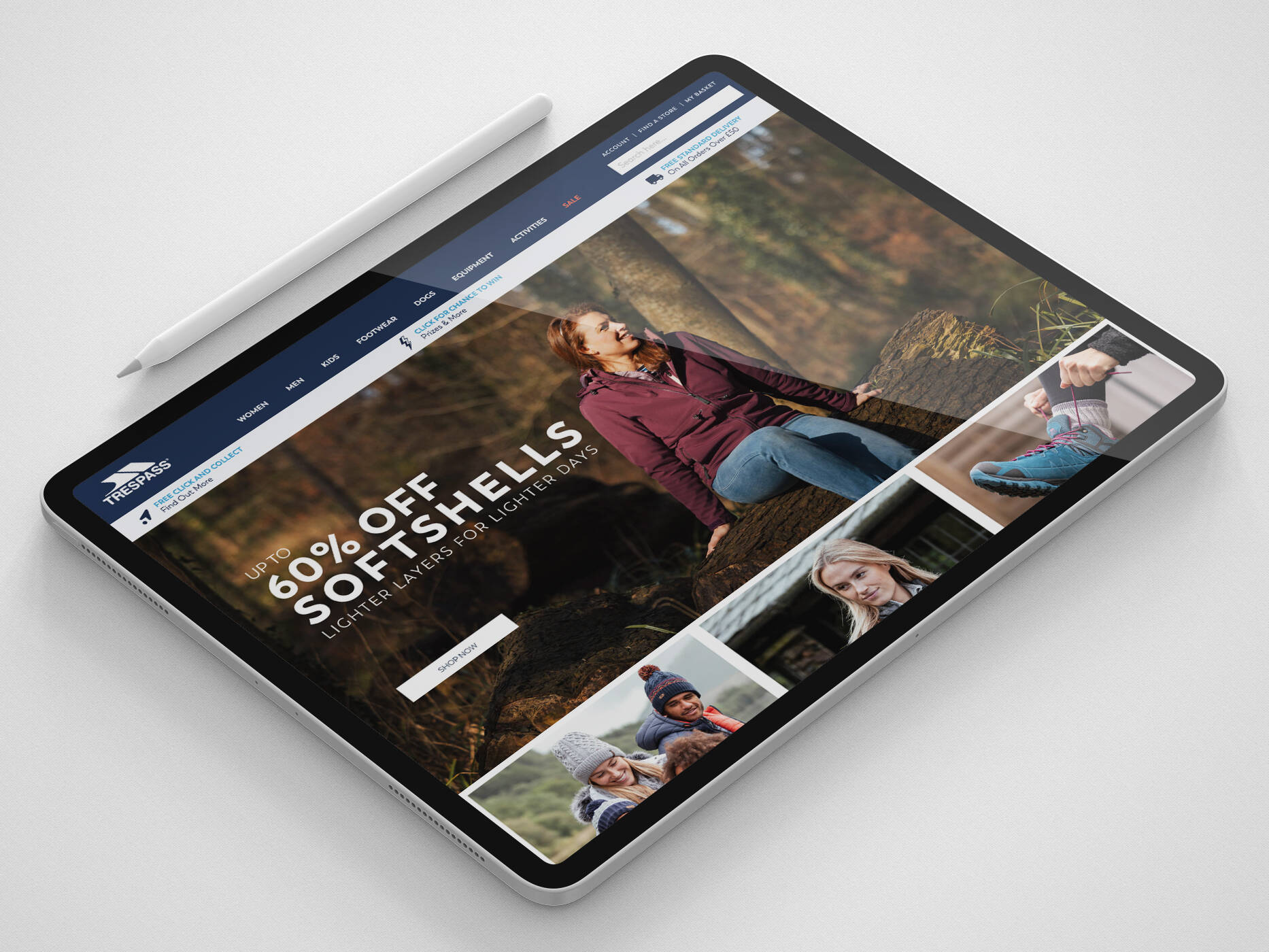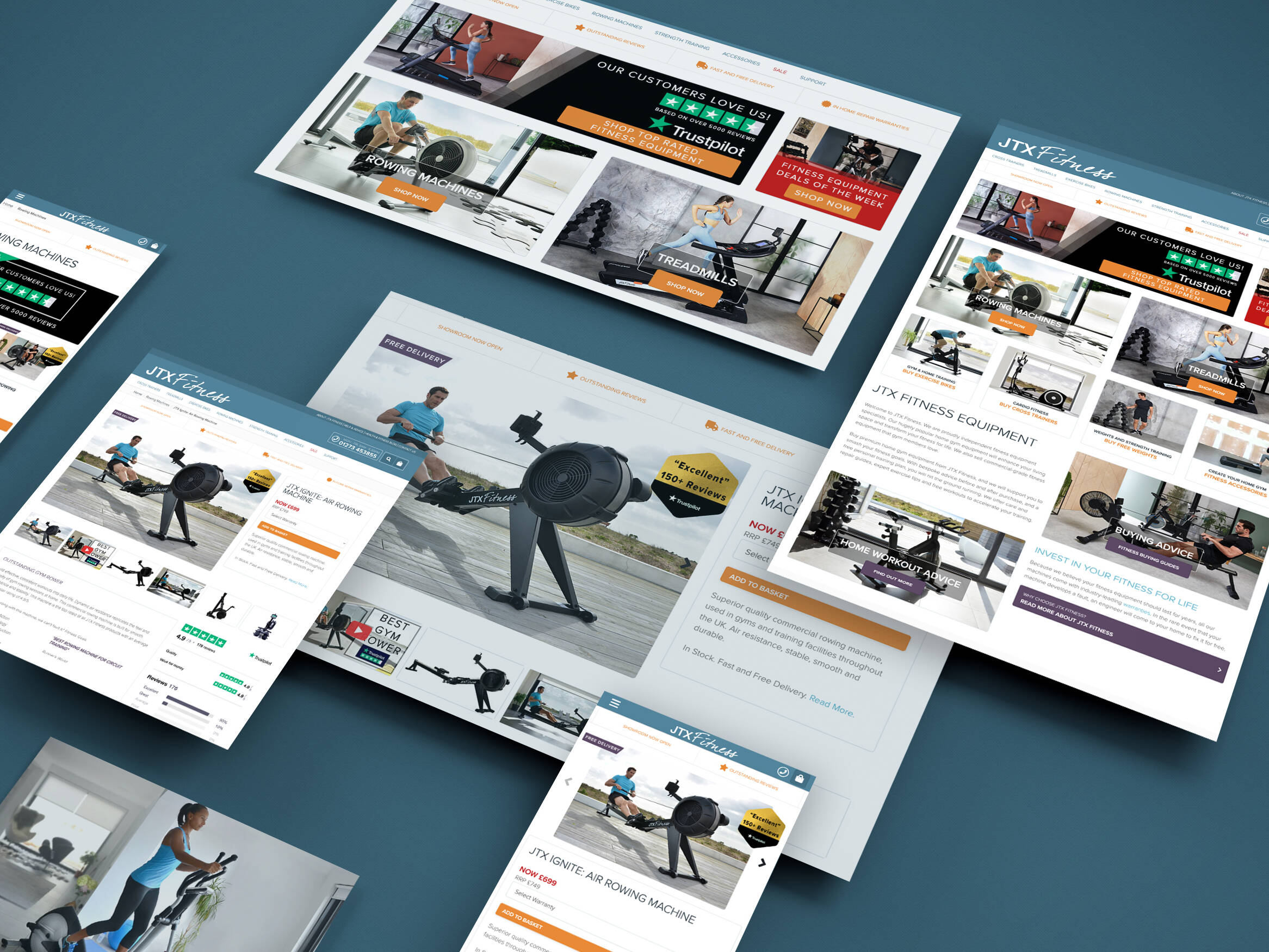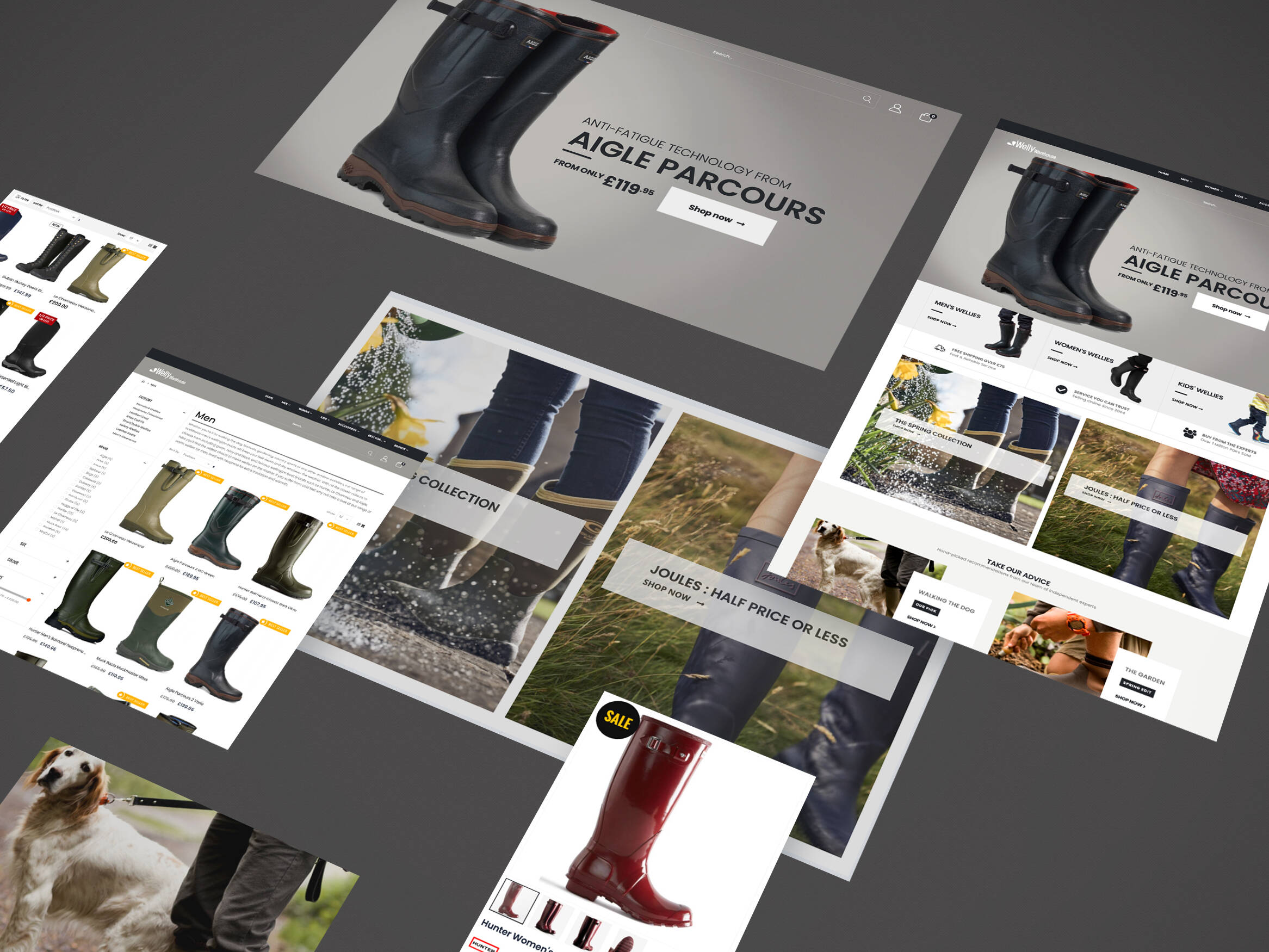Black Friday is one of the biggest events in retail for shoppers worldwide. With it falling on 26th November 2021, it’s time to get your eCommerce site up to scratch!
We’re here with part one of our Black Friday guide to take you through some essential steps that’ll give your customers a successful shopping experience during one of the biggest days in retail.
The World of Retail is Changing
With the retail game constantly evolving and technology impacting consumer buying habits, it’s important to keep a watchful eye on emerging shopping trends. As a retailer, you should be no stranger to the changes in customer expectations and the continued growth of mobile commerce playing dominant roles in eCommerce trends.
Trends To Watch Out For
Trends aren’t just here today and gone tomorrow. They happen over time and occur from gradual buying patterns, so watching out for the latest trends needs to be an ongoing process. Deciding to look a week before Black Friday can lead to inaccurate interpretations of what topics, trends and fashions are popular for your industry.
As a general insight, evolving eCommerce trends include:
- Increase in mobile eCommerce
- Shopping is starting earlier than usual
- Online shopping is closing the gap on in-store shopping
- Shoppers want a more personalised experience
- Buying tends to be led by online research into products before in-store or online purchasing
- Price comparisons have grown as shoppers get savvy with their bargain hunting
- Less brand loyalty as customers experiment with online stores to find the best deal for them
Remember: Make sure you are looking at the new trends within your specific industry. You want to tailor your marketing strategies to your customer preferences, not someone else’s.
Mobile, Mobile, Mobile
The Salesforce 2020 Retail Holiday Guide has stated that in Q2 2020 during widespread restrictions related to the pandemic, 70% of all digital traffic and 54% of all digital orders came from a mobile device. It’s clear that mobile will play an instrumental role during the holidays.
Mobile isn’t just seen as a place to do your retail research. With many brands becoming mobile optimised and even developing an app, users are now more willing to make a purchase from smartphones.

“Mobile shopping always peaks during the holiday season, with the greatest spikes during Cyber Week, Christmas Eve, and Christmas Day.” – Salesforce
As fewer people are willing to queue, or are unable to venture out of the house for the best bargains or fight for discounted items, Black Friday is even less about bricks and mortar and more online focused this year. That doesn’t mean you are going to see empty stores on Black Friday (outside of the UK’s current lockdown restrictions), it’s just helpful to remember that you need to cater to all those shoppers celebrating this retail day online by being as mobile-friendly as possible!
The Best Practices
What are the best practices to capitalise on the growing adoption of mobile shopping?
- Streamline the customer buying journey (we will go into this in more detail later)
- Simplify checking out for one-touch buying and reduce clicks required when browsing products
- Reduce load times by optimising website content and elements
- Integrate digital wallets such as Google Wallet, Apple Pay, Android Pay, Samsung Pay and PayPal
- Make sure you control your online traffic (tips to do this are further down in the article, so make sure you read on!)
Online Shopping vs In-Store Shopping
Under normal circumstances, the gap was getting smaller. Online shopping has been closing in on in-store shopping with customers becoming more experimental online. Due to the current pandemic and restrictions, this year we expect to see an even higher increase in retail online sales.
Online shopping brings customers the convenience of swiping, tapping and clicking over a trip to a shopping centre. Although the bustling crowds and twinkling lights are normally a part of the holiday shopping experience, digital tools are contributing to making the online retail experience just as festive.
“With an estimated 47% year-over-year increase in online retail sales, we expect e-commerce to account for 29.5% of all retail sales and almost 43% across nonfood categories in total” – Coresight Holiday 2020: UK Retail Outlook
Customer Demand for Personalisation
According to the Salesforce 2020 Holiday Strategy and Planning Guide, it is clear that shoppers are getting picky. Customers are demanding more personalised eCommerce content.
With fewer in-person interactions this year due to the global pandemic, it’s even more important to create personalised experiences this year. So, for every retailer out there, get listening!
With less time to spend shopping and the expectation of retail needs to be answered quickly, eCommerce stores must ensure users see offers and products tailored to them. Saving your customers time should be a priority of any eCommerce store. Through personalisation and immediate customer service, you can keep customer focus on the brand rather than have them wandering to your competitors.
- 60% of younger shoppers want personalised offers through their mobile devices
- 65% of consumers say companies, retailers or brands send them too many irrelevant communications
- 87% of millennials aged 25-34 are very likely to shop at a retailer if they give personalised offers
How to Customise Content
- Create business persona profiles to find the most valuable customers to target.
- Personalise email marketing content to address receivers by their name and show them content they are to be interested in (getting this data can be done through contact form submission, surveys and from gaining the information via phone calls).
- Personalise social media content by tailoring call to actions to what customers really want to see, e.g. if your customers are found to enjoy browsing online but buying in-store, create calls to action such as “Find Us In-Store” and so on.
- Use automated systems that integrate customer data from your CRM database to create personalised content for your target audience whilst reducing lead-generation costs.
Planning Your Campaign Early
For major retail events like the Black Friday weekend, it’s especially important to plan your campaign early. This way, in the weeks leading up to the events, you can focus on making those small but crucial checks and tweaks that could otherwise result in errors and missed opportunities.
Remember: Plan your campaigns well in advance to reach those shoppers buying early and to give you the best chance of finding the right partners for getting a boost from outside your business. Being prepared helps you to find faults and to make changes before they not only damage the campaign’s success, but your overall brand too!
Have a Contingency Plan
You may be the most prepared retailer in the UK, or even worldwide, but that doesn’t make your campaign for Black Friday 100% fail-proof. But putting a plan in place can help your campaign to run smoothly and successfully.
We suggest some ways to combat those unexpected problems by building a contingency plan:
Example 1: Add a queuing system to your site to place customers in a waiting line to access your products. This can help to control the surge and reduce the chances of site crashes as well as relieving strain on back-end and operations during the fixing of the issue.
Example 2: Request for increased capacity before a surge, if possible. It is almost guaranteed for most retailers offering eCommerce promotions during Black Friday, that you will experience an upturn in traffic. So, get talking to your website host. Upscaling your website capacity can be done in advance to cater to your traffic needs. Although, this isn’t always a viable option so you may need to prepare your website to handle traffic surges in other ways.
Remember: Things can go wrong and that’s okay. But it’s important to be able to problem solve these issues. Be agile. Meet the changing customer expectations. Consider a 70/30 rule, where you know 70% of what is happening, whilst 30% is subject to change. This will enable you to react and respond in the right way during a busy period, especially one like Black Friday.
Shopping Starts Earlier

Sales don’t only occur on Black Friday. And with the buzz around Black Friday being so big, it’s harder to guarantee you will bag yourself a bargain. So, people start shopping earlier.
“Nearly a third of holiday gift buyers polled last year said they started their shopping in October or earlier; this year, even more shoppers will start early.” – eMarketer
Retail is and always has been, a competitive industry. Many brands offer yearly discounts and sales in an attempt to attract new customers, retain existing customers and sell excess stock. All of which creates consumer expectations for many eCommerce stores to have regular sales and even a constant sale section on their site. Buying from the ‘new in’ section can for many customers, particularly those on a budget, be a turn-off. Having the newest products stereotypically means paying the highest price. Navigating to the sale section allows customers to see affordable products at prices they are willing to pay – even if that does mean buying a size smaller or bigger!
Buying from the ‘new in’ section can for many customers, particularly those on a budget, be a turn-off. Having the newest products stereotypically means paying the highest price. Navigating to the sale section allows customers to see affordable products at prices they are willing to pay – even if that does mean buying a size smaller or bigger!
Advertising, advertising, advertising
It’s pretty simple. If you don’t advertise yourself, you don’t exist to customers which does not work well for sales. The same applies for major retail events. Just because you are a retailer, doesn’t necessarily mean you are celebrating Black Friday weekend. Your customers need to know that you are, so they can buy your bargains.
How to Showcase Your Top Black Friday Deals
There are many different methods that you can use. From email marketing with discount codes to using Social Media to post exclusive deals or updates. Or stating specifically on your channels “Black Friday Exclusive Deals”, changing your landing page links to a Black Friday specific page or creating banners tailored to your Black Friday bargains on the homepage.
Whichever way you choose to show your involvement in Black Friday, it’s important to get this content seen and promoted across all platforms. This way, you will reach as many potential customers as possible. We even suggest contacting well-known bloggers or social media influencers to get promotional agreements with them.
Closing Words
Okay, so you know more about how to tackle such a humongous retail event head-on to achieve success. It’s clear mobile is going to have a big impact on almost every retailer out there. With changing customer behaviour and preferences, you need to keep a watchful eye on trends so you can plan your marketing strategies to perfection.
Don’t forget this is a two-parter! Check out our extra Black Friday tips to dive deeper into:
- Black Friday best practices
- Successful marketing tactics
- Enhancing the customer experience
Get in touch
We know commerce, let us help you improve customer experience, increase conversion rates, and make that digital change.
- hello@iweb.co.uk
